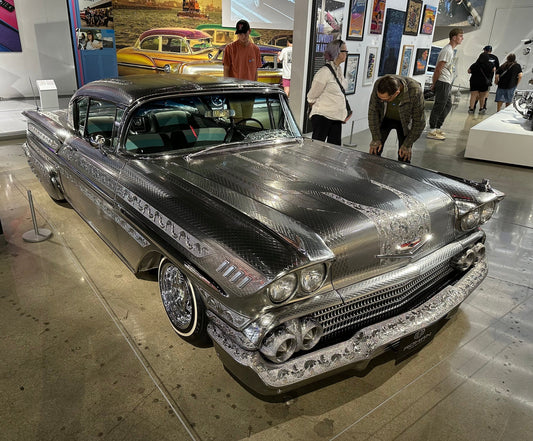Doubling up
by Paul McGowan
Time to put these past few days of posts together for the final blast then back to the non-technical as I fear we're losing some whose eyes glaze over. And I don't blame you. I love this stuff with schematics and circuits but then, I am a confirmed nerd and most of my readers are normal people. Thanks for the indulgence.
In yesterday's post, we learned how the first passive RIAA preamp was built and I even included an actual schematic for those DIY that might want to make their own. In that drawing, we learned about a fundamental issue with passive phono preamps. The first stage is prone to overload because the pre-equalized signal off the cartridge is coming in hot. 20dB (or 10X) hotter than it should be. Thus, that input stage needs to have ten times the headroom as the following stage and at frequencies where headroom really matters.
Ten times is a lot, more than we could muster. But, when we looked at the problem on the scope it was clear that if we were to double the headroom we'd be in good shape. Unfortunately, doubling the headroom meant either cutting the gain in half or doubling the power supply voltage. We couldn't do the first because then we'd have a noise problem. So, we were forced into the second option. (remember, engineering is all about elegant compromises).
Integrated circuit op-amps are hard to manufacture above a certain voltage level. +/- 15 volts on the power supply was all that was available, forcing us into the realm of the discrete op-amp if we wanted to apply +/- 30 volts, something that was a blessing in disguise. By going to a discrete op-amp, as I described in this post, we not only were able to solve the headroom problem but far more. Discrete allows for choices. We could now control every aspect of the amplifier's performance: set our loop gain, control feedback levels, decide where constant current sources made sense and where they were a detriment, set slew rate, and perhaps most important, choose what level of bias current for the output stage.
Those are long lists of advantages to going discrete. Advantages we may never have chosen had we not been pressured into changing to fix a problem.
Often, the challenges we face—and then tackle—lead to innovation.
- Choosing a selection results in a full page refresh.
- Opens in a new window.









